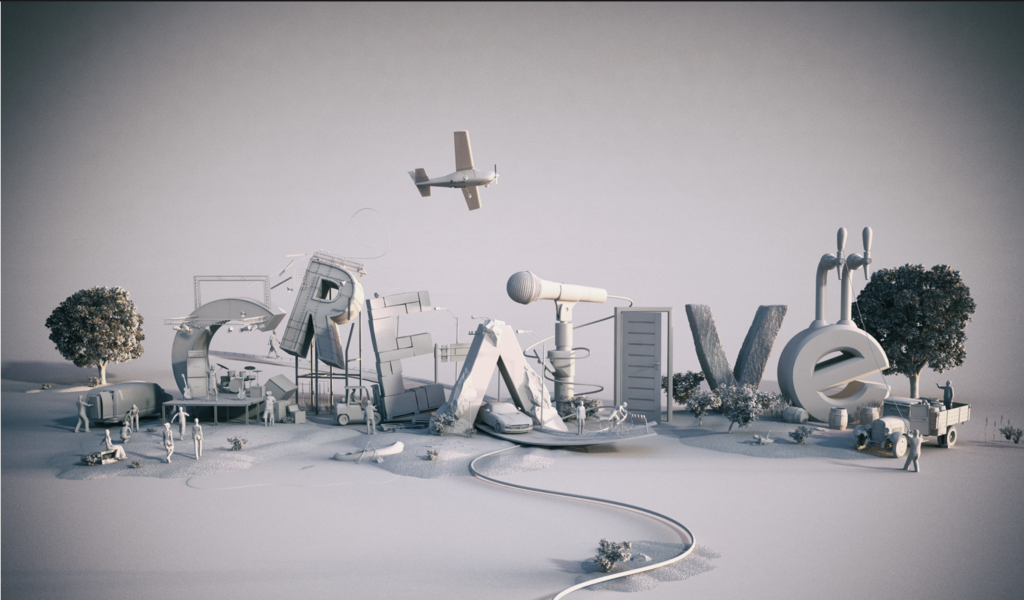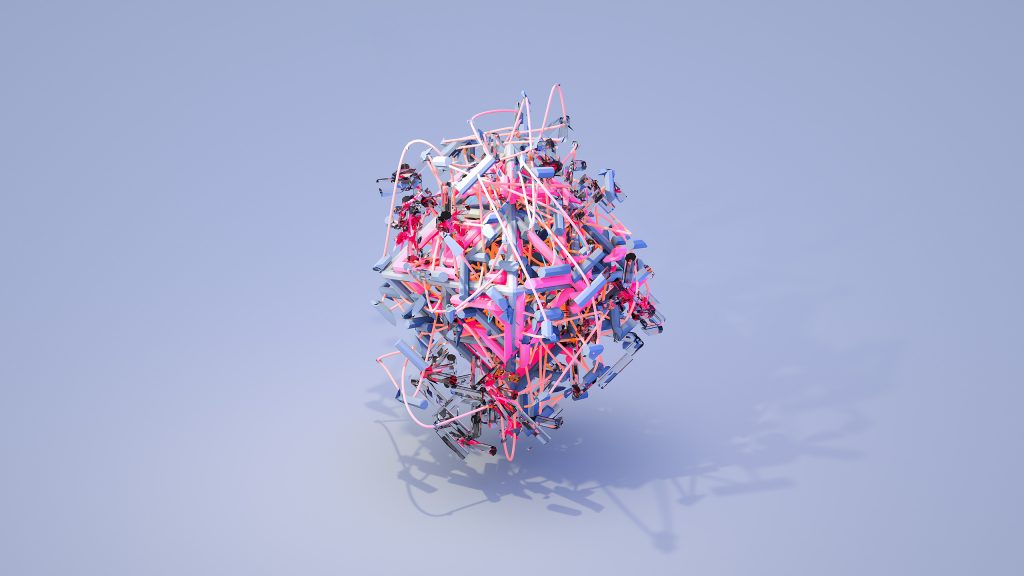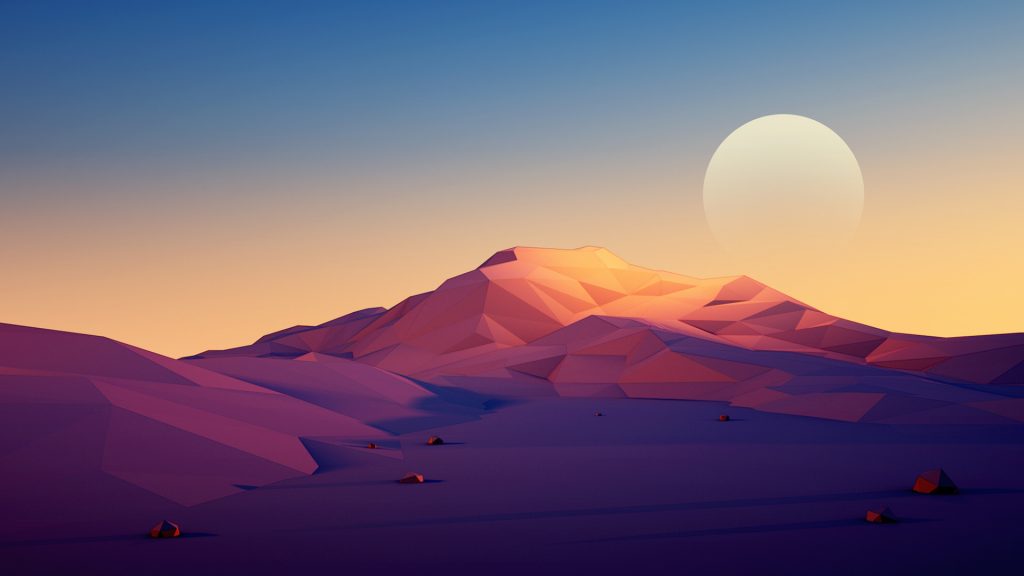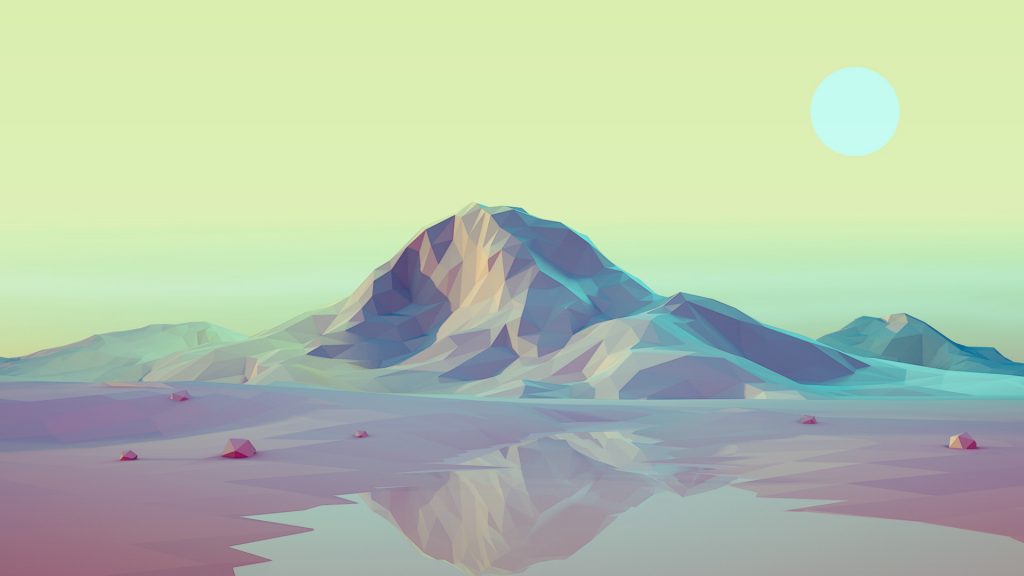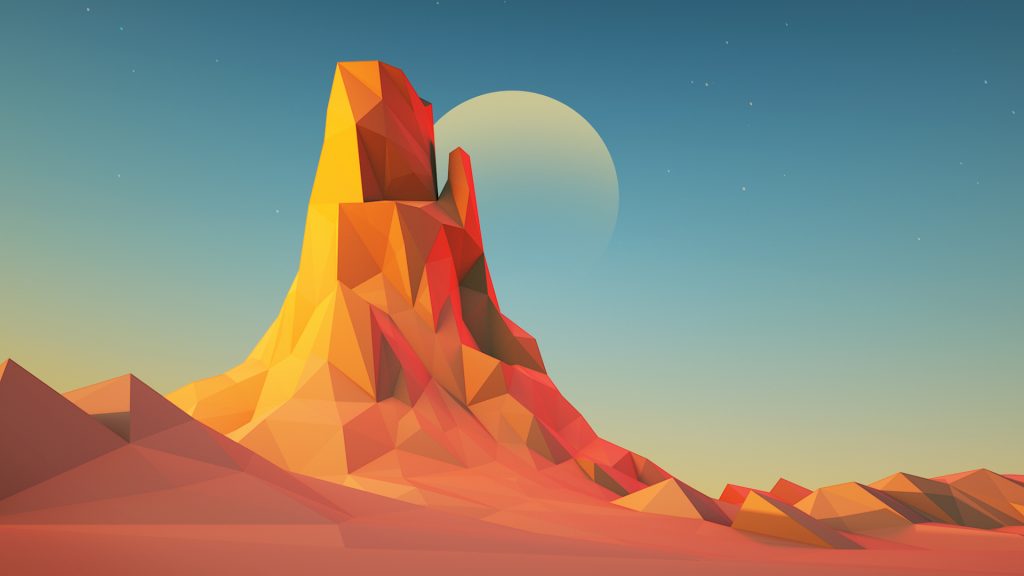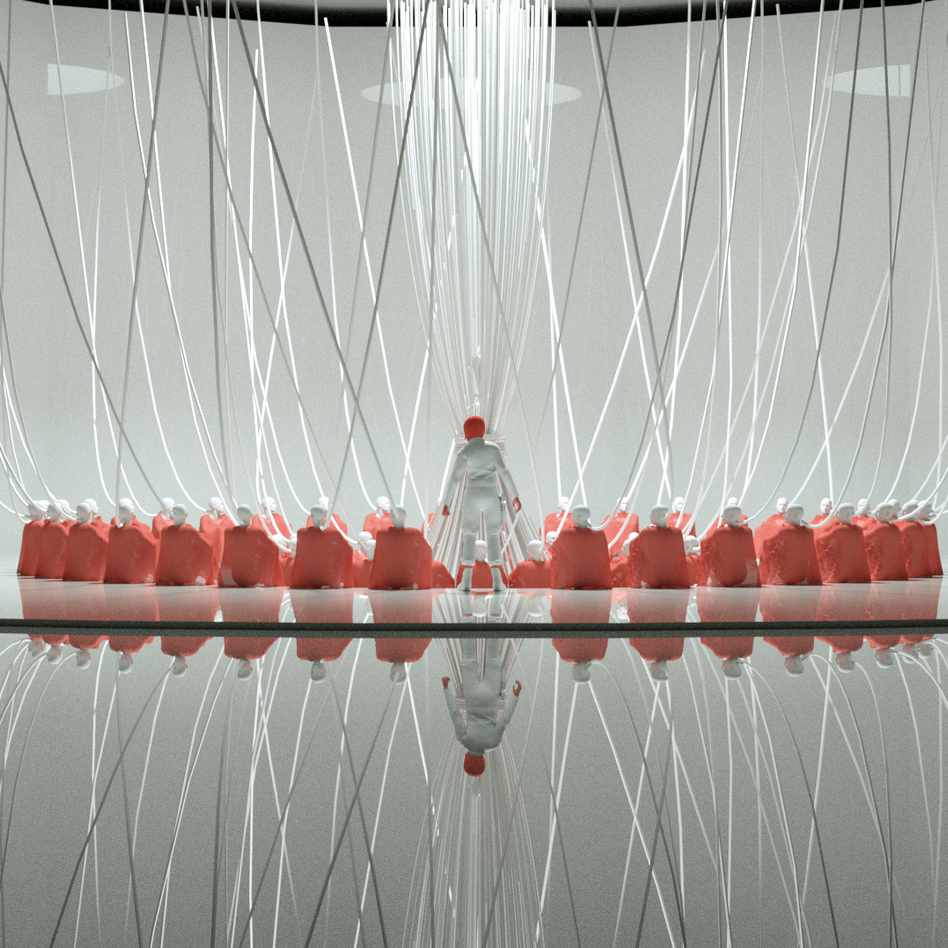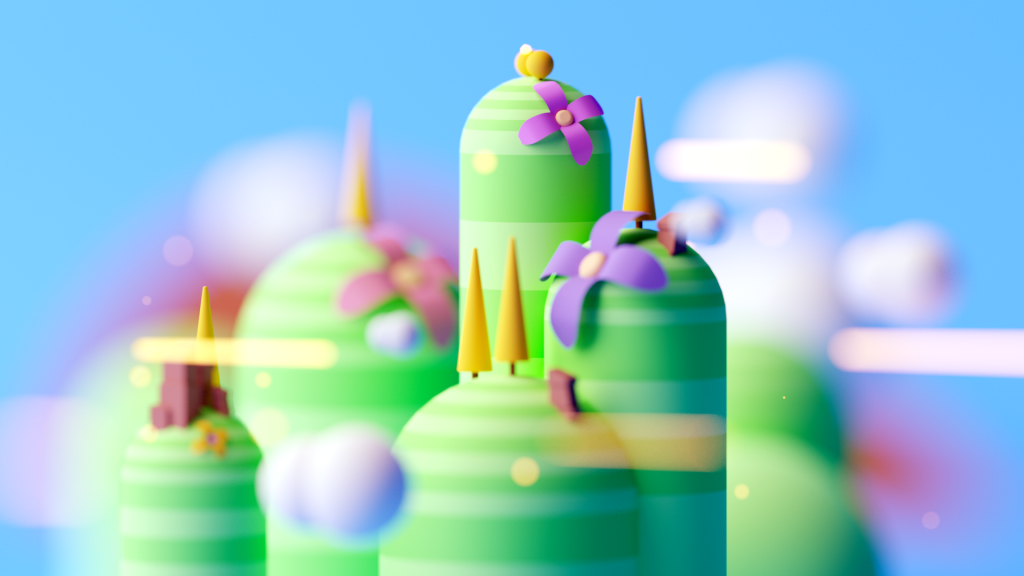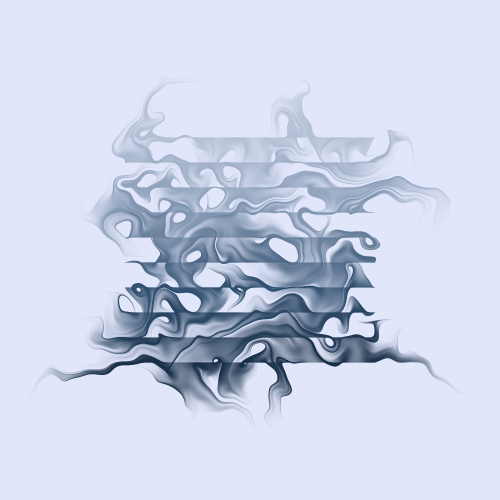
Generative artist Thomas Lin Pedersen explores the quality and beauty of dynamic systems. He writes about the process of designing a system that is familiar and the positive surprise that unfolds as he uncovers new information in highly complex systems. He believes “the process of generative art is dual,” meaning both system development and visualization method are required.
Pedersen uses R to program his generative art and has even developed his own tools that fit into his process, including ggplot2, ggforce, ambient, particles, tidygraph, and ggraph. Though some generative artists choose to share their code with internet users in order to transparently showcase their workflows, Pedersen believes in keeping his code unrevealed; to him, the code is as important as the resulting visualization, and every artist has their own style and method.
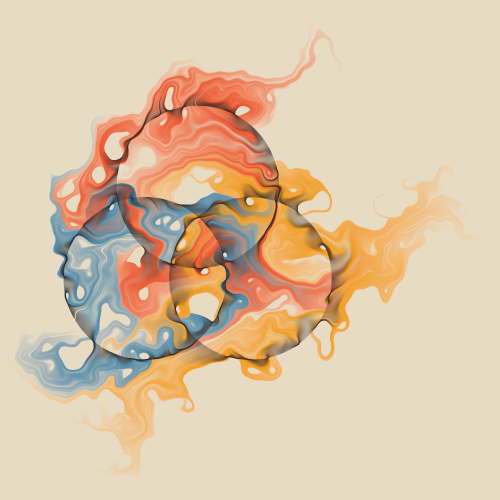

![[OLD FALL 2019] 15-104 • Introduction to Computing for Creative Practice](../../wp-content/uploads/2020/08/stop-banner.png)

